|
ID |
Nickname |
Country / City |
Languages |
Taxonomies |
Comment |
Project / Group |
Map |
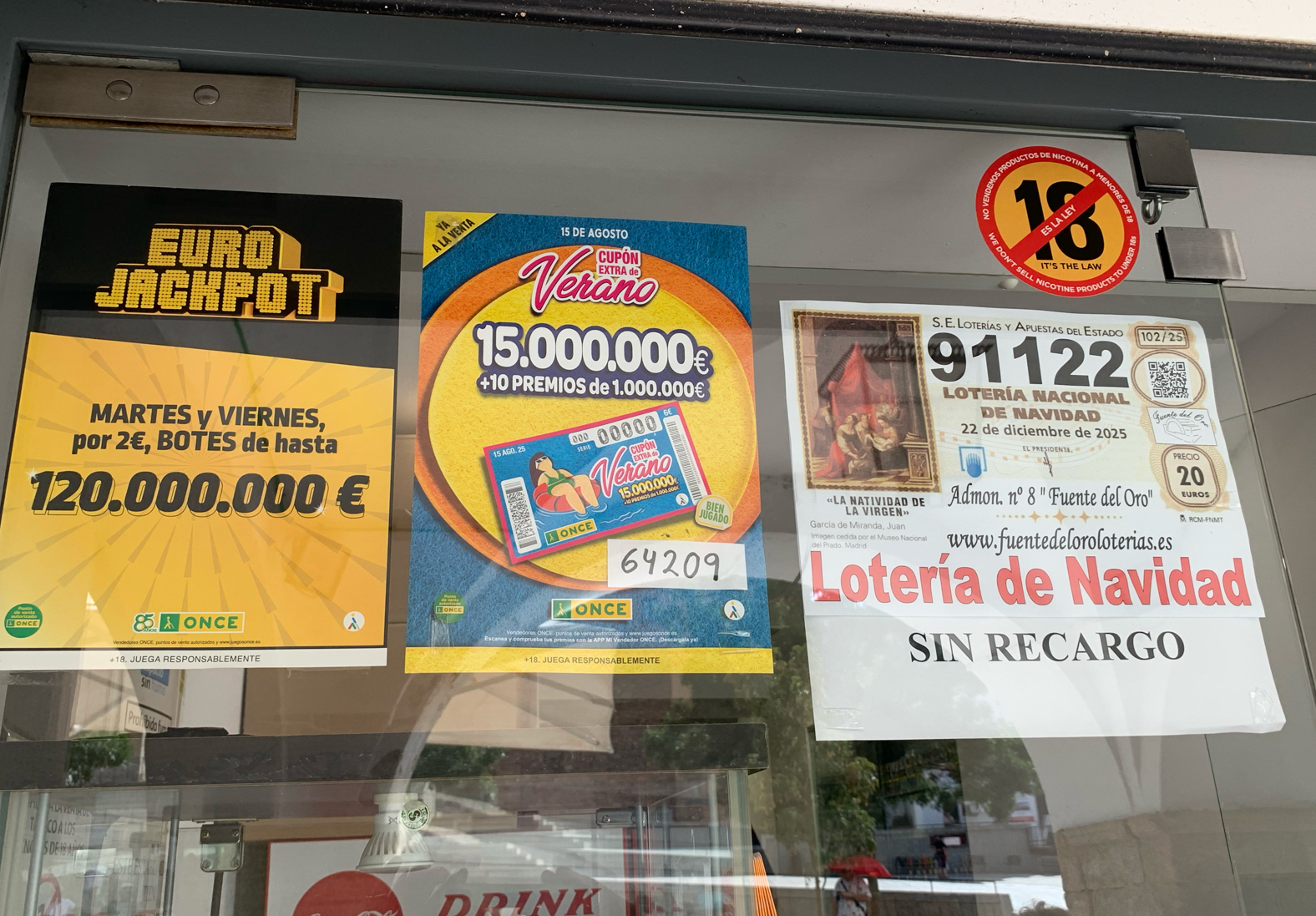
|
135921
|
Laura_Pizarro_Jacinto
|
Spain
Cáceres
|
|
|
Spanish (dominant, institutional + commercial):
Martes y viernes, por 2€, botes de hasta 120.000.000 € : “Tuesdays and Fridays, for €2, jackpots up to €120,000,000.”
Cupón Extra de Verano : “Summer Extra Coupon.”
Lotería Nacional de Navidad : “National Christmas Lottery.”
Sin recargo : “No surcharge.”
Fine print: responsible gambling warnings (+18, Juega responsablemente).
English (secondary, global slogan):
EuroJackpot : brand name in English
|
PALRA
|
|
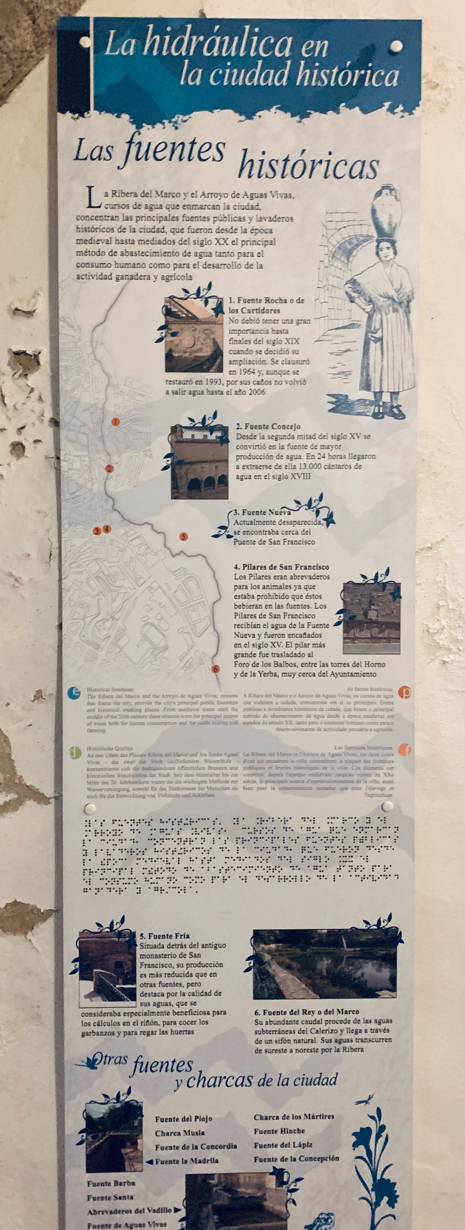
|
136177
|
Laura_Pizarro_Jacinto
|
Spain
Cáceres
|
|
|
This panel, titled “La hidráulica en la ciudad histórica: Las fuentes históricas”, is part of the interpretive display in the Museo de Semana Santa de Cáceres. It focuses on the role of public fountains and water sources in the city’s development, emphasizing their importance in supplying water for daily use, agriculture, and livestock until well into the 20th century.
Upper Section:
Title: “Las fuentes históricas” introduces the theme.
A short introduction highlights the role of the Ribera del Marco and the Arroyo de Aguas Vivas, natural watercourses that fed Cáceres’ fountains and washing places.
Historical illustration of a woman carrying a water jug reinforces the everyday function of fountains in local life.
A map pinpoints the locations of several fountains.
Main Content:
Six fountains are described in detail, each with short text and photographs:
Fuente Rocha de la Cordonera – A 15th-century fountain restored in 1993 and put back into use in 2006.
Fuente Concejo – A key supply source from the Middle Ages, noted for its abundant flow.
Fuente Nueva – Now in disuse, but historically significant.
Pilares de San Francisco – Large abreuvoirs (watering troughs) used for livestock.
Fuente Fría – Located near the former slaughterhouse.
Fuente del Rey o del Marco – Supplied by a channel of the Ribera, with long-standing use.
Below this list, an additional section titled “Otras fuentes y charcas de la ciudad” (Other fountains and ponds of the city) mentions further water sources, expanding the scope beyond the six main examples.
Accessibility:
A Braille transcription band runs horizontally across the middle of the panel, allowing visually impaired visitors to access the same information.
Design Elements:
Color-coded circles identify the multilingual translations (Spanish, English, Portuguese, German, French).
Decorative water motifs frame the lower part of the panel, reinforcing the hydraulic theme.
|
PALRA
|
|

|
135922
|
Laura_Pizarro_Jacinto
|
Spain
Cáceres
|
|
|
Spanish
TABACOS : Tobacco shop.
EXP. Nº 014 : Concession or license number.
Lotería de Navidad sin recargo (inside poster) : “Christmas lottery without surcharge.”
English (secondary, global branding)
Drink Ice Cold (Coca-Cola sign inside).
Top-down regulation: The Tabacos sign is a state-controlled franchise. In Spain, tobacco shops (estancos) are regulated by the government, and every one has a license number (Exp. Nº ...). The standardized design (yellow text on red background with the tobacco symbol “T”) shows uniformity across the country. This is not just commerce but part of the institutional landscape of the state.
Spanish as the dominant code: Clear, functional, and necessary for locals. Reinforces the national monopoly status of tobacco distribution.
English as a global commercial layer: Coca-Cola’s Drink Ice Cold adds a touch of global advertising discourse inside the shop. While the store’s main identity is highly regulated and national (Spanish state monopoly), interior advertising allows space for global consumer culture.
Visual semiotics: The bold yellow/red color scheme is part of the Spanish state’s brand identity for tobacco shops. It contrasts with the more colorful and playful commercial logos inside (lottery, Coca-Cola, etc.).
|
PALRA
|
|
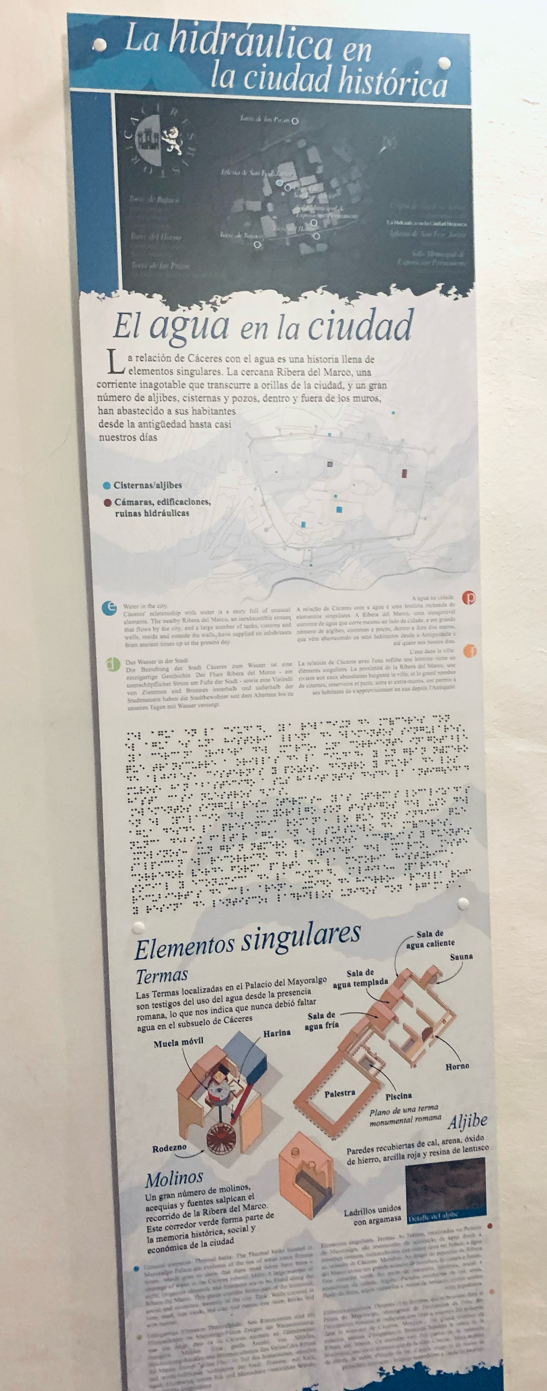
|
136178
|
Laura_Pizarro_Jacinto
|
Spain
Cáceres
|
|
|
This panel, titled “La hidráulica en la ciudad histórica: El agua en la ciudad”, is part of the interpretive displays in the Museo de Semana Santa de Cáceres. It interprets the relationship between the city and water, tracing how springs, cisterns, baths, and mills sustained urban life from antiquity to modern times.
Upper Section:
The main heading “El agua en la ciudad” introduces the theme.
A brief introduction explains the importance of the Ribera del Marco, a watercourse running along Cáceres, together with numerous cisterns, aljibes, and wells that supplied water to the population.
A map shows the distribution of hydraulic features, including cisterns, chambers, and ruins of water-related constructions.
A key explains the color-coded map symbols (cisterns/aljibes, chambers/buildings, ruins).
Middle Section:
A Braille transcription band runs horizontally, ensuring accessibility for visually impaired visitors.
Multilingual text (Spanish, English, Portuguese, German, French) appears in blocks, each marked with a colored circle containing its initial (s, e, p, d, f).
Lower Section – “Elementos singulares” (Unique Features):
Highlights particular hydraulic structures that survive in Cáceres:
Thermal baths (located in the Palacio del Mayoralgo), with diagrammatic reconstructions of features such as the palestra, sauna, cold-water pool, and hot rooms.
Molinos (mills) used for grinding grain, with explanatory diagrams.
The Aljibe (cistern), one of the most distinctive monuments of Cáceres, presented as a vaulted underground space built in stone and mortar.
Illustrative diagrams provide cutaway views of these structures, complementing the textual explanations.
Linguistic Landscape Analysis
Multilingualism and Accessibility
Information is offered in five European languages and Braille, ensuring international reach and inclusive access.
The colored-circle system clarifies navigation for multilingual audiences.
Multimodality
The panel combines maps, explanatory diagrams, photographs, text, and Braille, offering multiple entry points into the content.
The technical reconstructions of baths and mills are particularly striking, visually translating archaeological remains into understandable forms.
Cultural Framing
The narrative frames water not only as a basic resource but as a shaper of urban culture.
By emphasizing features like baths and mills, the panel highlights how water infrastructures were tied to social practices, hygiene, and economic production.
Semiotics of Place
The map situates hydraulic elements within Cáceres, making them part of the city’s identity and visible heritage.
The Aljibe is foregrounded as an emblematic monument, tying the local hydraulic history to the city’s UNESCO World Heritage status.
|
PALRA
|
|
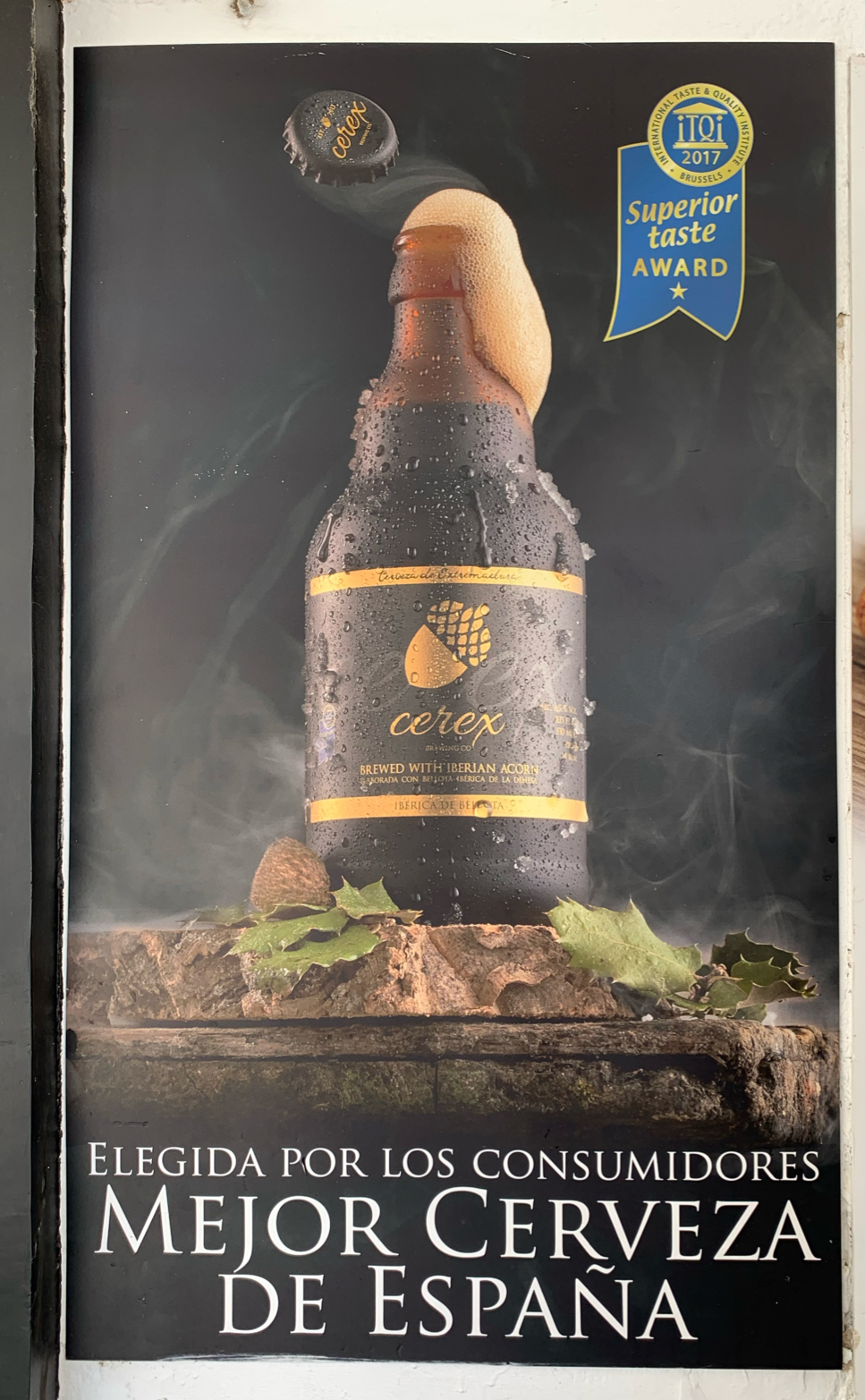
|
135923
|
Laura_Pizarro_Jacinto
|
Spain
Cáceres
|
|
|
—
|
PALRA
|
|
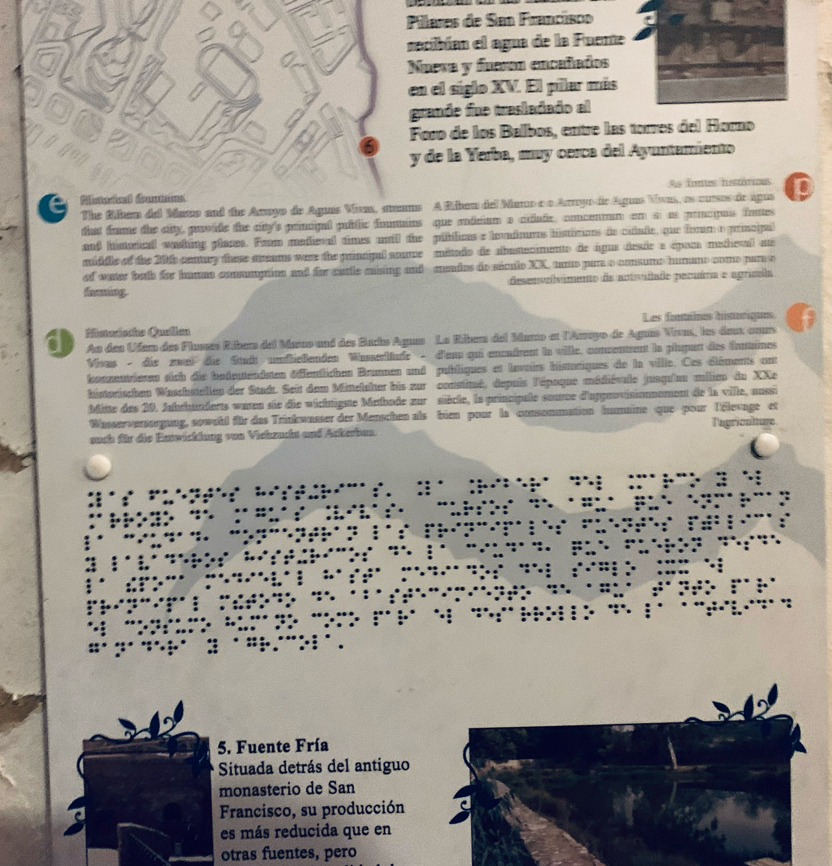
|
136179
|
Laura_Pizarro_Jacinto
|
Spain
Cáceres
|
|
|
This is a partial capture of an interpretive panel from the Museo de Semana Santa de Cáceres, presented in Spanish, English, Portuguese, German, French, and Braille.
The panels combine text, maps, and images, that reflect the city’s international identity as a World Heritage site.
|
PALRA
|
|
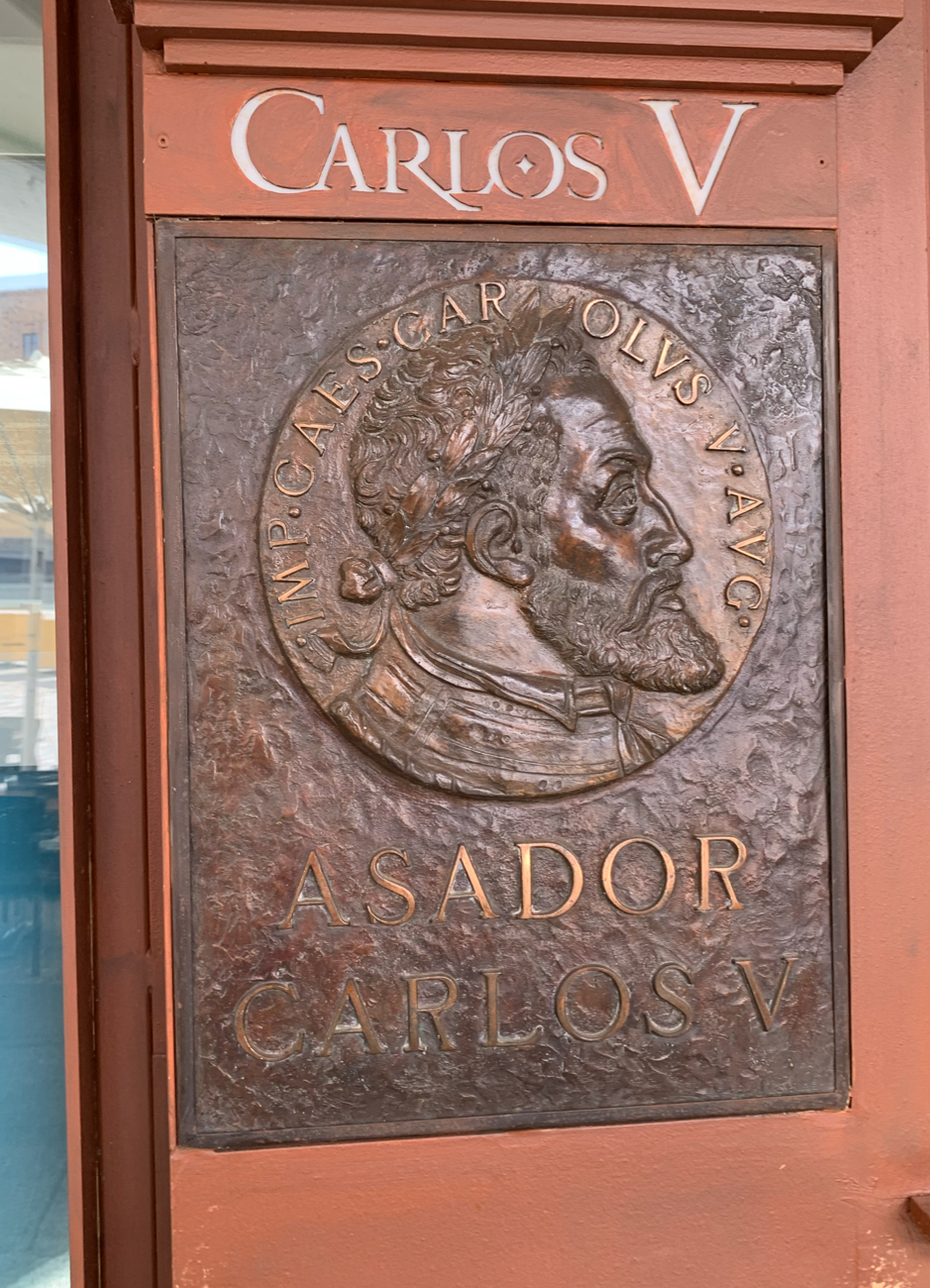
|
135924
|
Laura_Pizarro_Jacinto
|
Spain
Cáceres
|
|
|
Spanish
Carlos V : “Charles V” (Holy Roman Emperor, 16th c.).
Asador Carlos V : “Grillhouse Carlos V” → a restaurant name invoking history.
Latin (symbolic/historical)
Around the medallion: IMP·CAES·CAROLVS V·AVG
Short for Imperator Caesar Carolus Quintus Augustus (Emperor Caesar Charles V Augustus).
Classical Latin used for prestige, evoking imperial power and tradition. The bronze relief portrait of Charles V reinforces the link between heritage and commercial branding. The mix of materials (bronze, stone-like textures) communicates permanence and prestige.
Hybrid function: This sign blends heritage (Latin, historical figure) with commerce (Spanish restaurant name), making history consumable for visitors. It illustrates how the linguistic landscape can commodify history, transforming cultural memory into a marketing tool.
|
PALRA
|
|

|
135925
|
Laura_Pizarro_Jacinto
|
Spain
Cáceres
|
|
|
—
|
PALRA
|
|
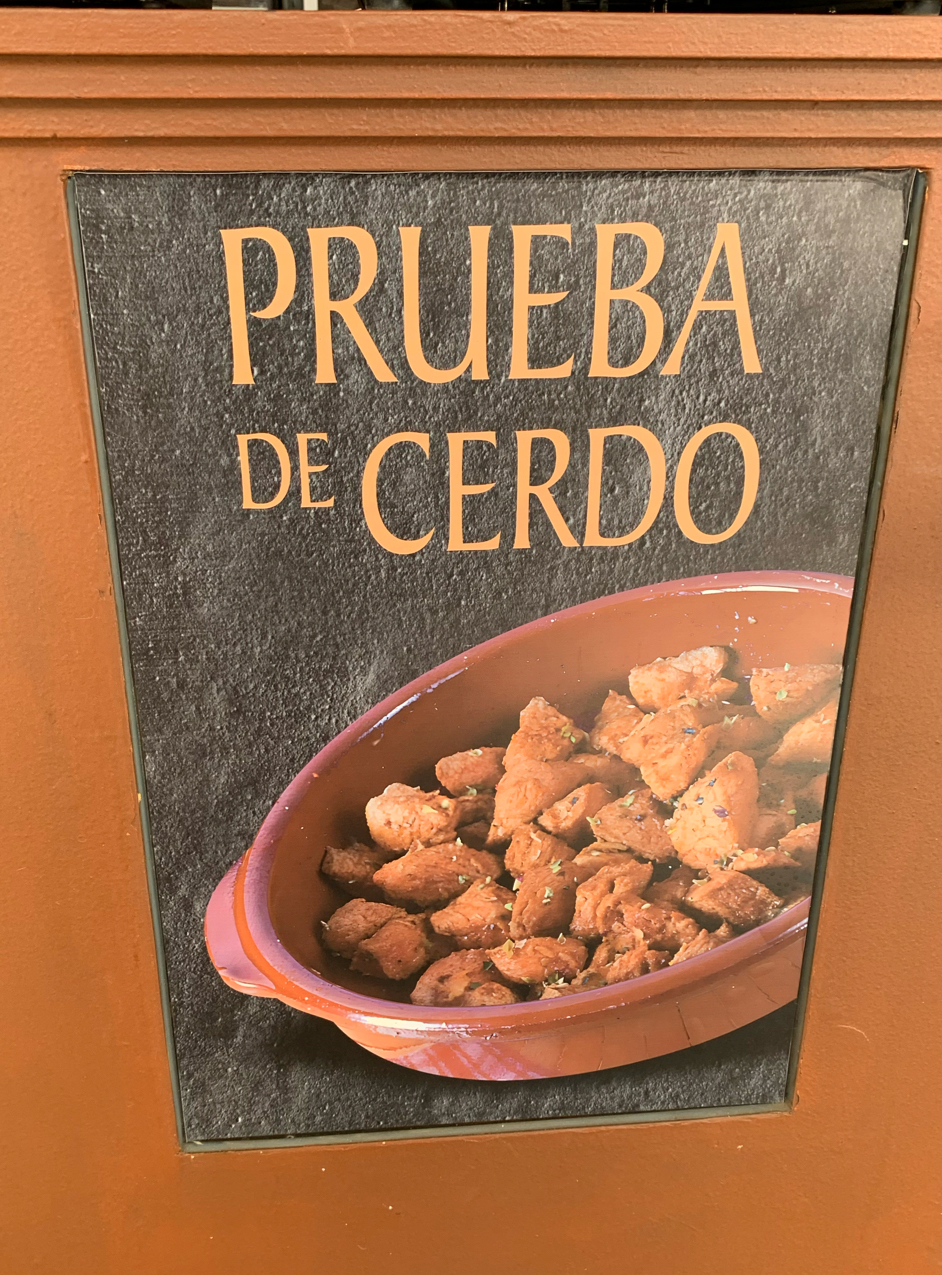
|
135926
|
Laura_Pizarro_Jacinto
|
Spain
Cáceres
|
|
|
—
|
PALRA
|
|
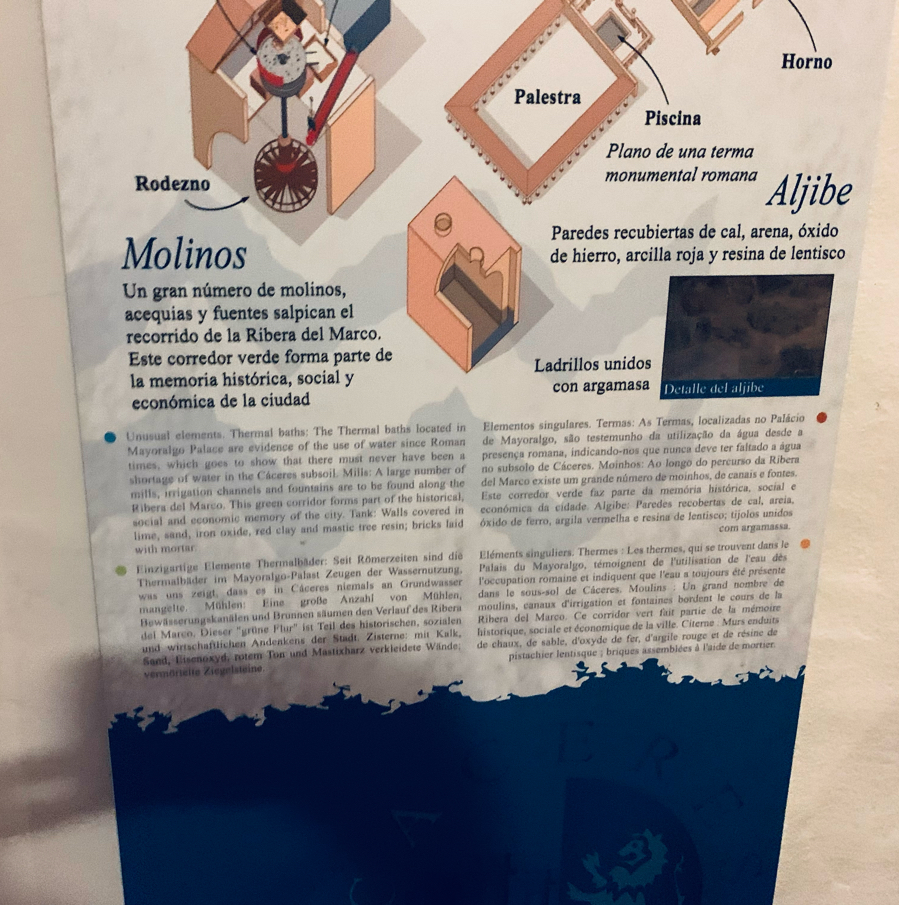
|
136182
|
Laura_Pizarro_Jacinto
|
Spain
Cáceres
|
|
|
This is a partial capture of an interpretive panel from the Museo de Semana Santa de Cáceres, presented in Spanish, English, Portuguese, German, French, and Braille.
The panels combine text, maps, and images, that reflect the city’s international identity as a World Heritage site.
|
PALRA
|
|

|
135927
|
Laura_Pizarro_Jacinto
|
Spain
Cáceres
|
|
|
—
|
PALRA
|
|
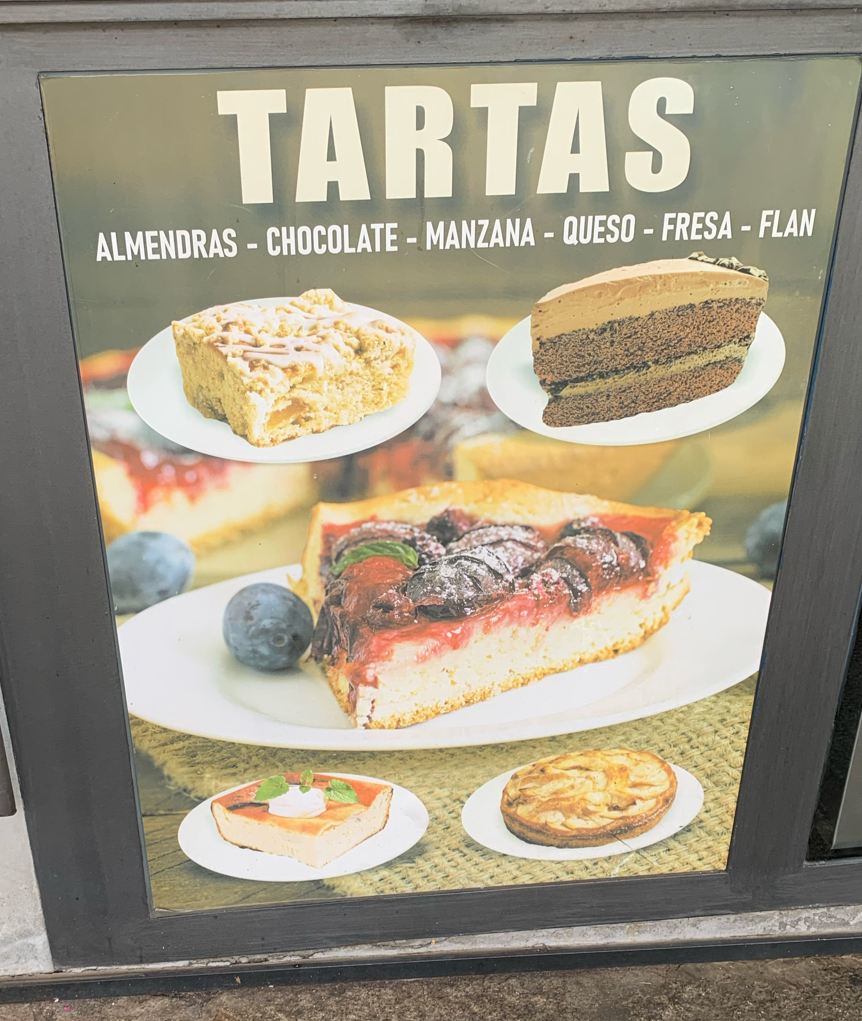
|
135928
|
Laura_Pizarro_Jacinto
|
Spain
Cáceres
|
|
|
—
|
PALRA
|
|
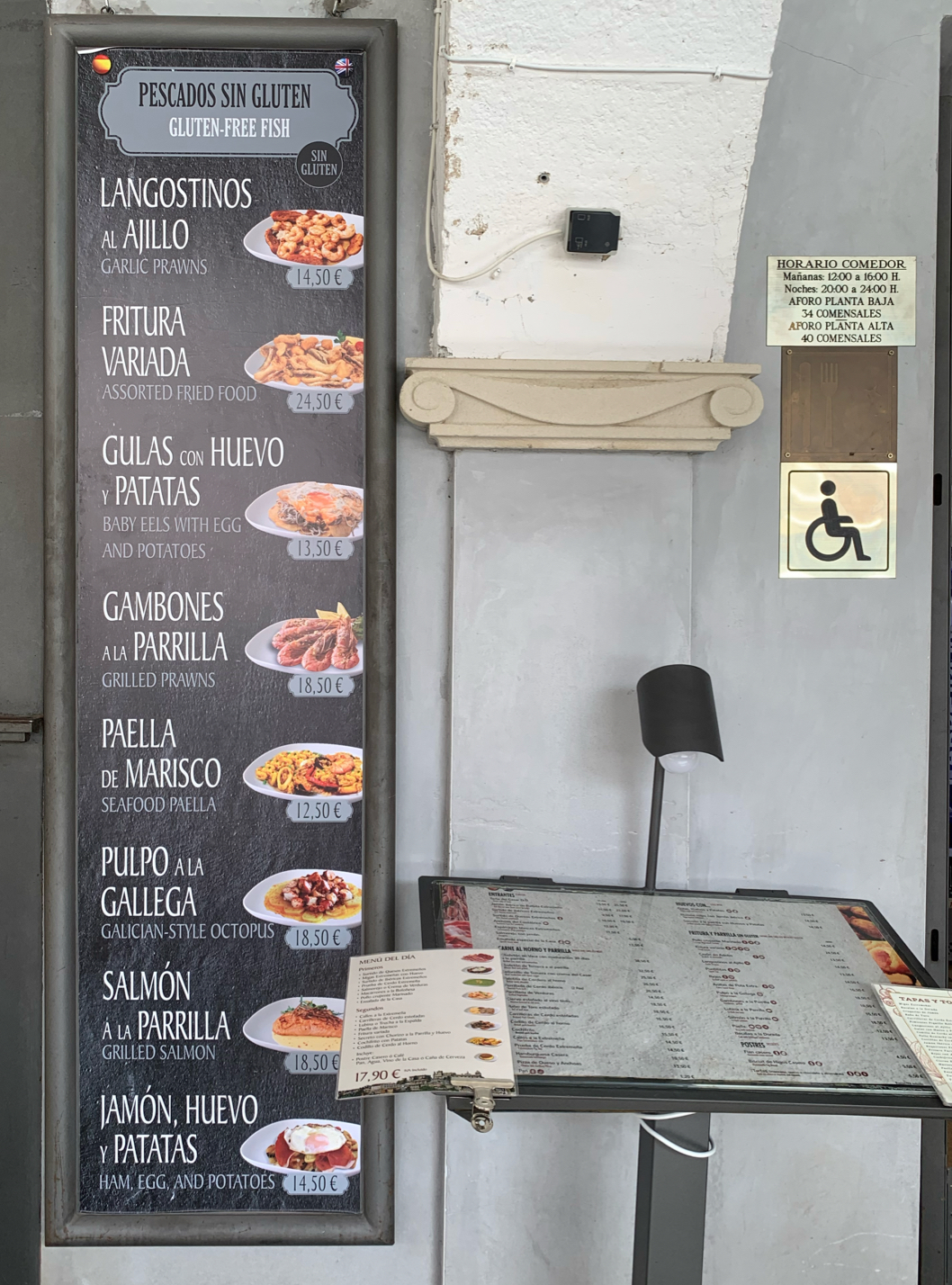
|
135929
|
Laura_Pizarro_Jacinto
|
Spain
Cáceres
|
|
|
—
|
PALRA
|
|
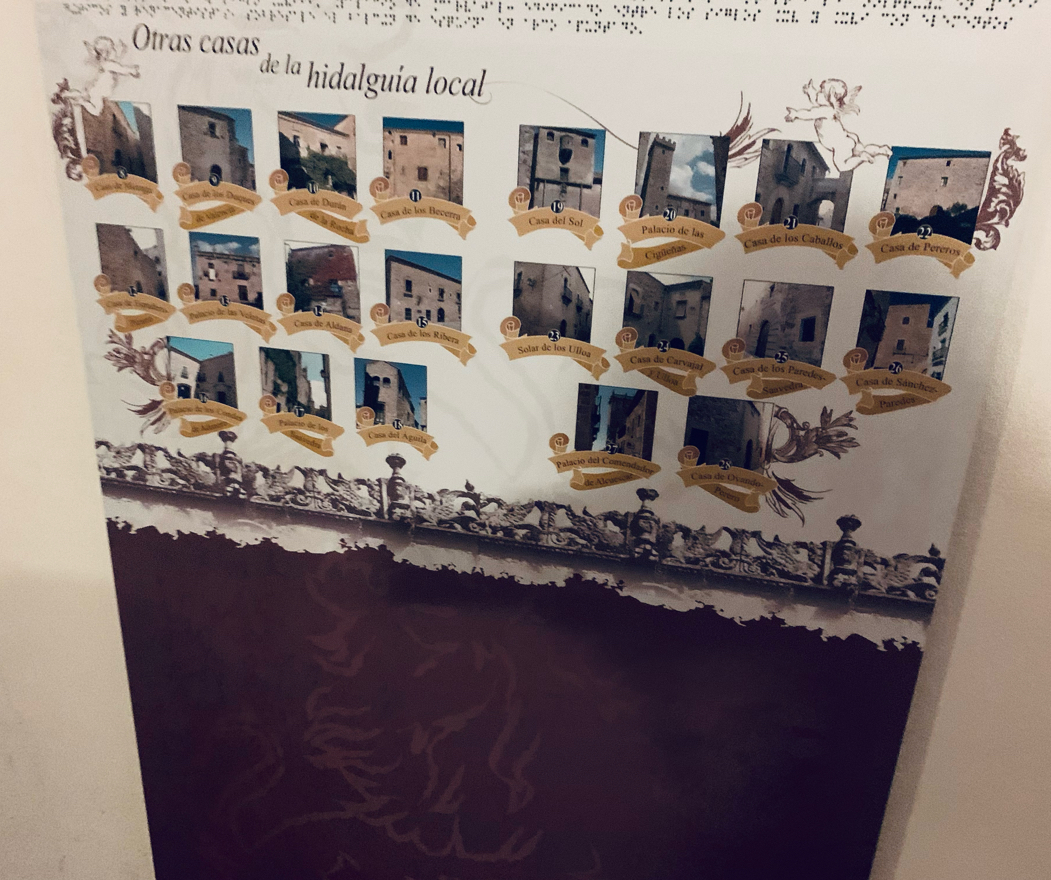
|
136185
|
Laura_Pizarro_Jacinto
|
Spain
Cáceres
|
|
|
This is a partial capture of an interpretive panel from the Museo de Semana Santa de Cáceres, presented in Spanish, English, Portuguese, German, French, and Braille.
The panels combine text, maps, and images, that reflect the city’s international identity as a World Heritage site.
|
PALRA
|
|
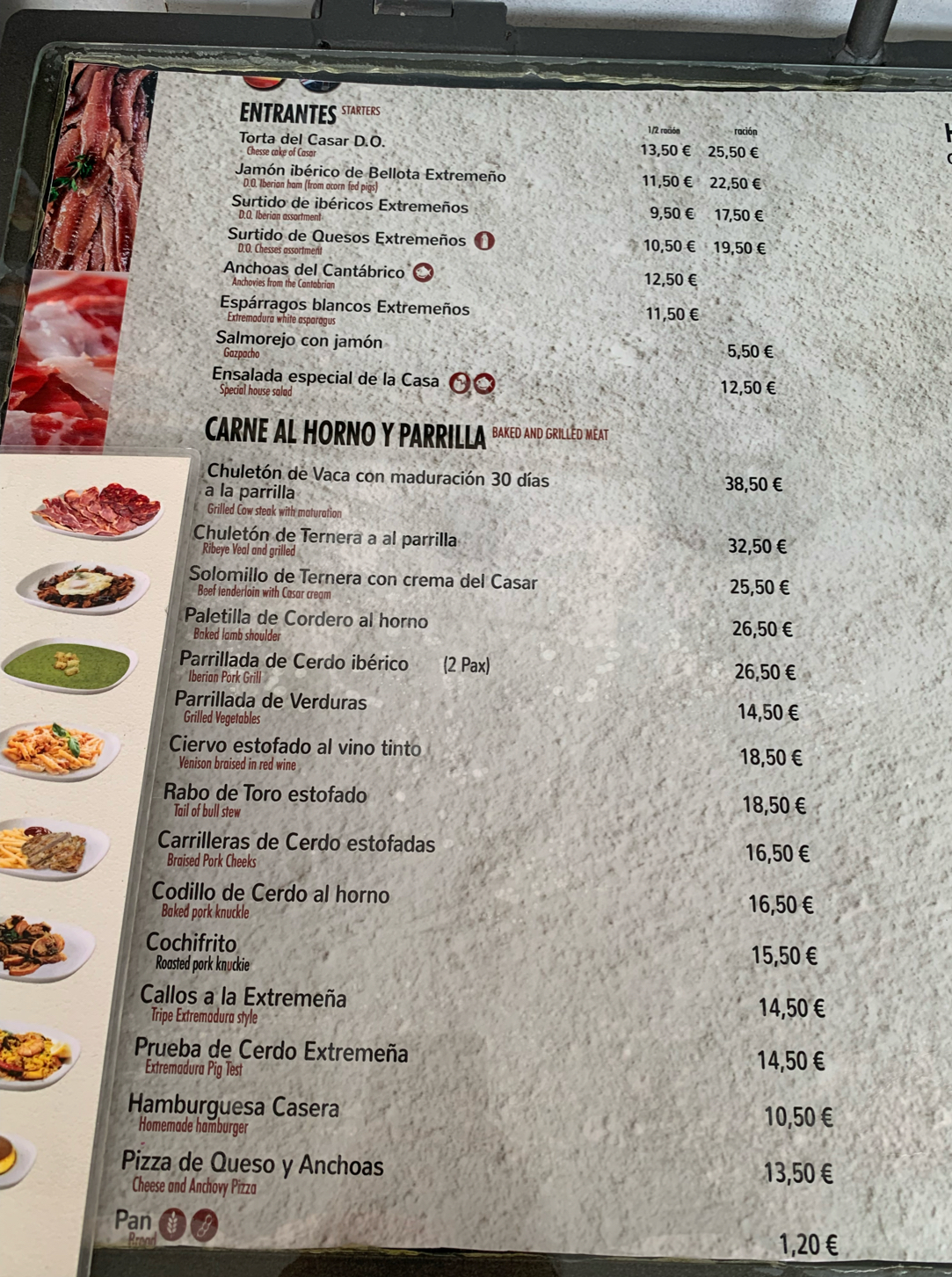
|
135930
|
Laura_Pizarro_Jacinto
|
Spain
Cáceres
|
|
|
—
|
PALRA
|
|
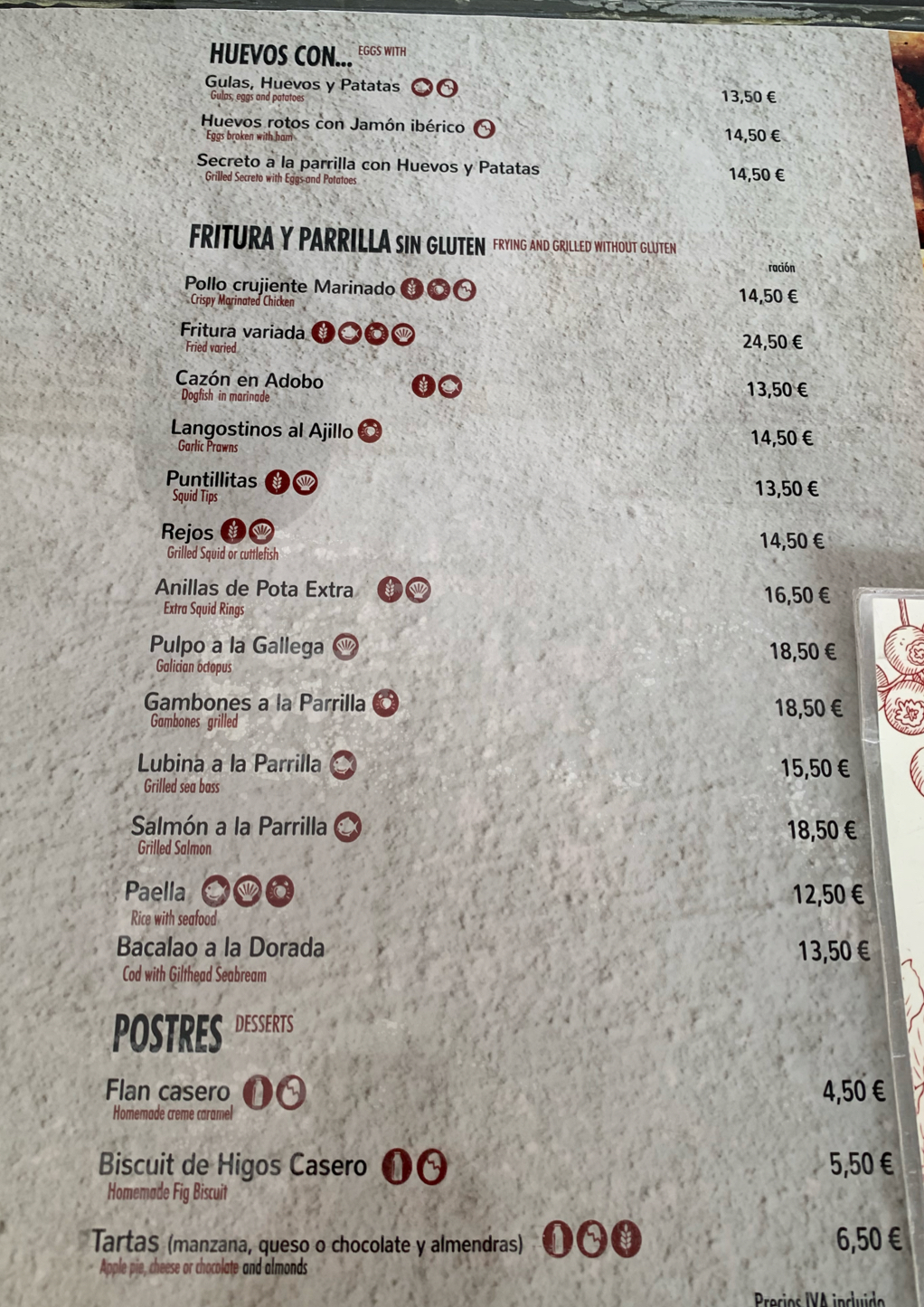
|
135931
|
Laura_Pizarro_Jacinto
|
Spain
Cáceres
|
|
|
—
|
PALRA
|
|
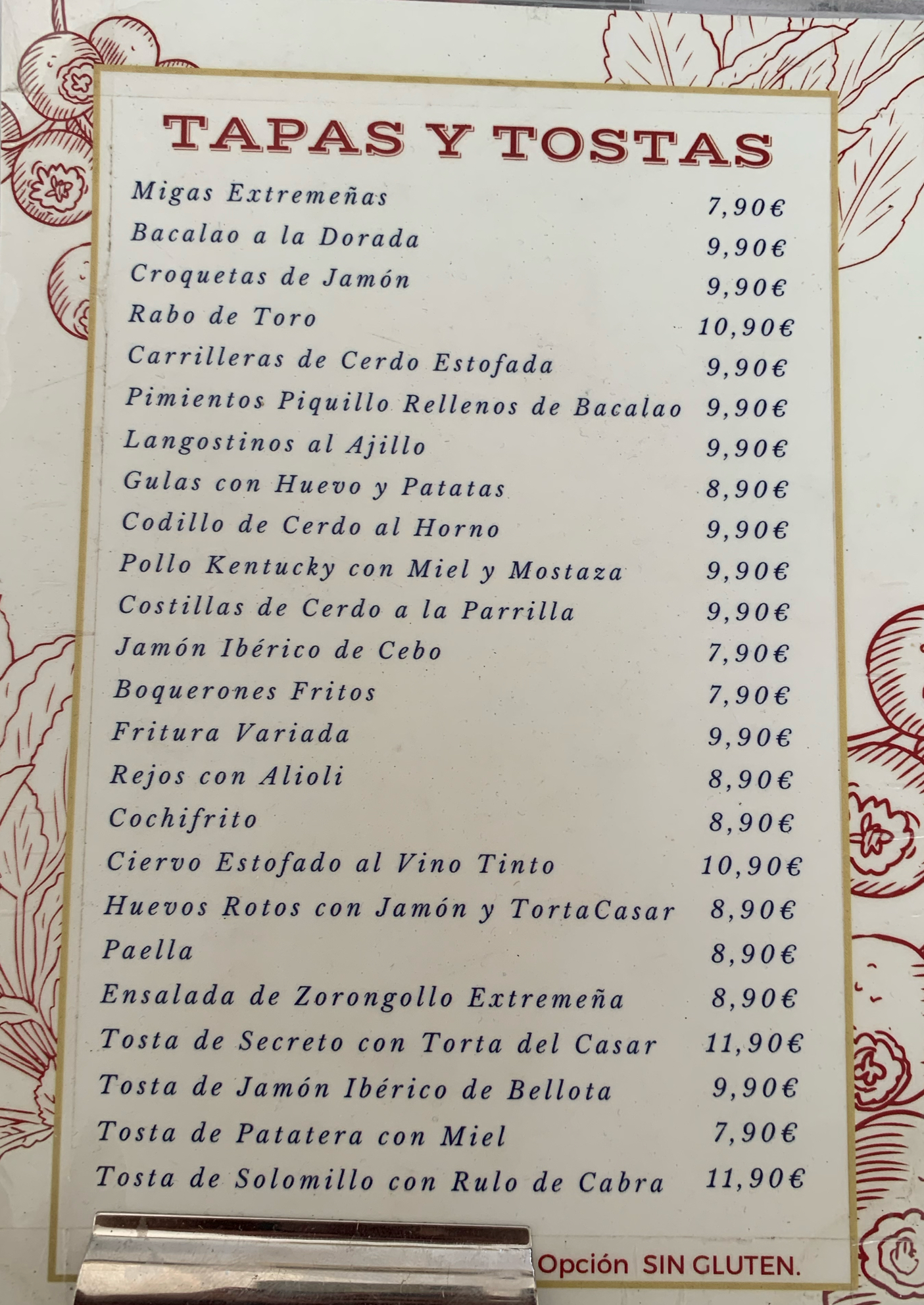
|
135932
|
Laura_Pizarro_Jacinto
|
Spain
Cáceres
|
|
|
—
|
PALRA
|
|
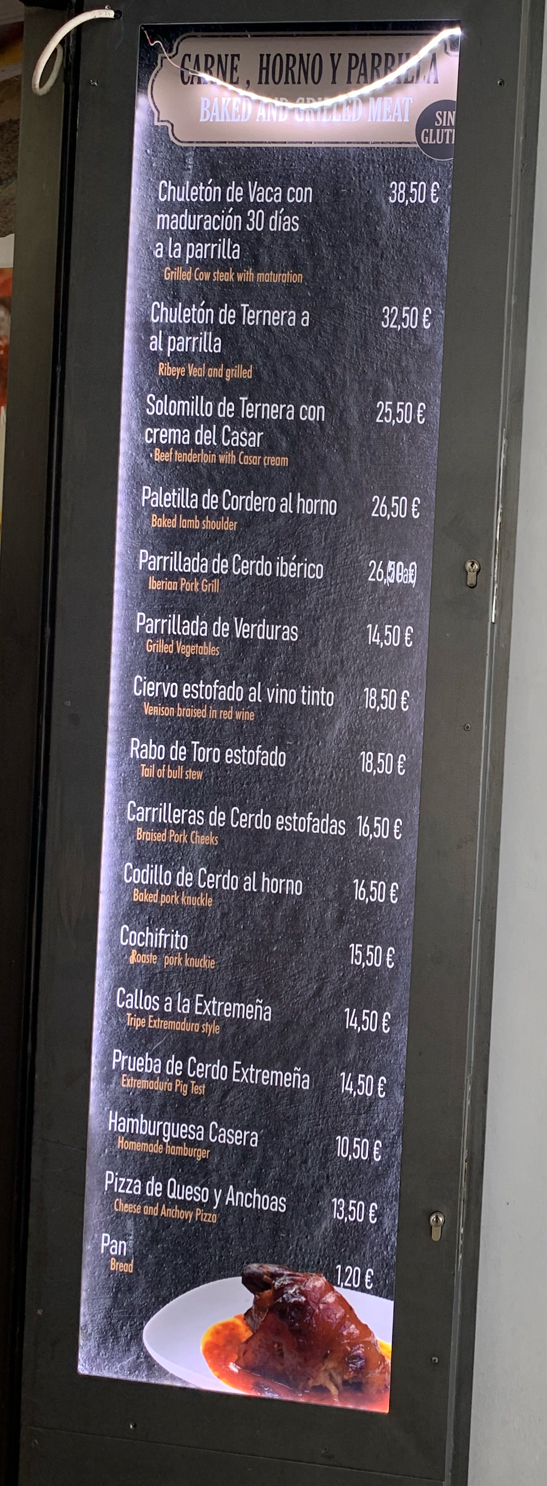
|
135933
|
Laura_Pizarro_Jacinto
|
Spain
Cáceres
|
|
|
—
|
PALRA
|
|
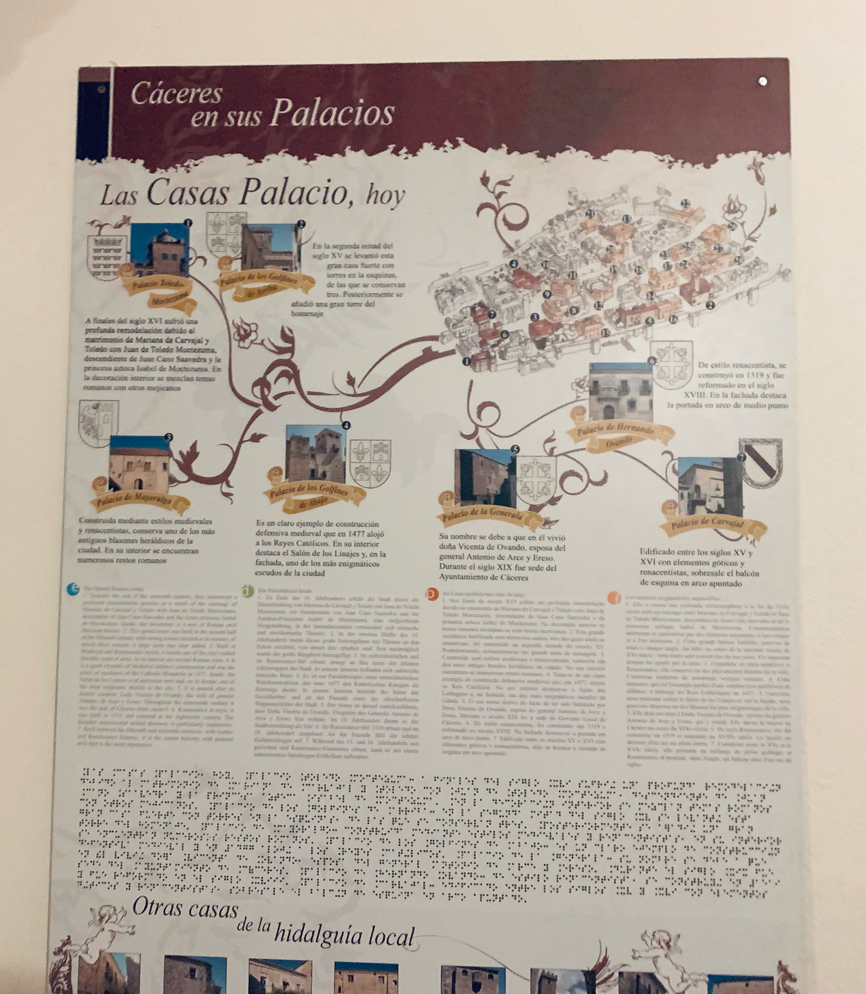
|
136189
|
Laura_Pizarro_Jacinto
|
Spain
Cáceres
|
|
|
This is a partial capture of an interpretive panel from the Museo de Semana Santa de Cáceres, presented in Spanish, English, Portuguese, German, French, and Braille.
The panels combine text, maps, and images, that reflect the city’s international identity as a World Heritage site.
|
PALRA
|
|
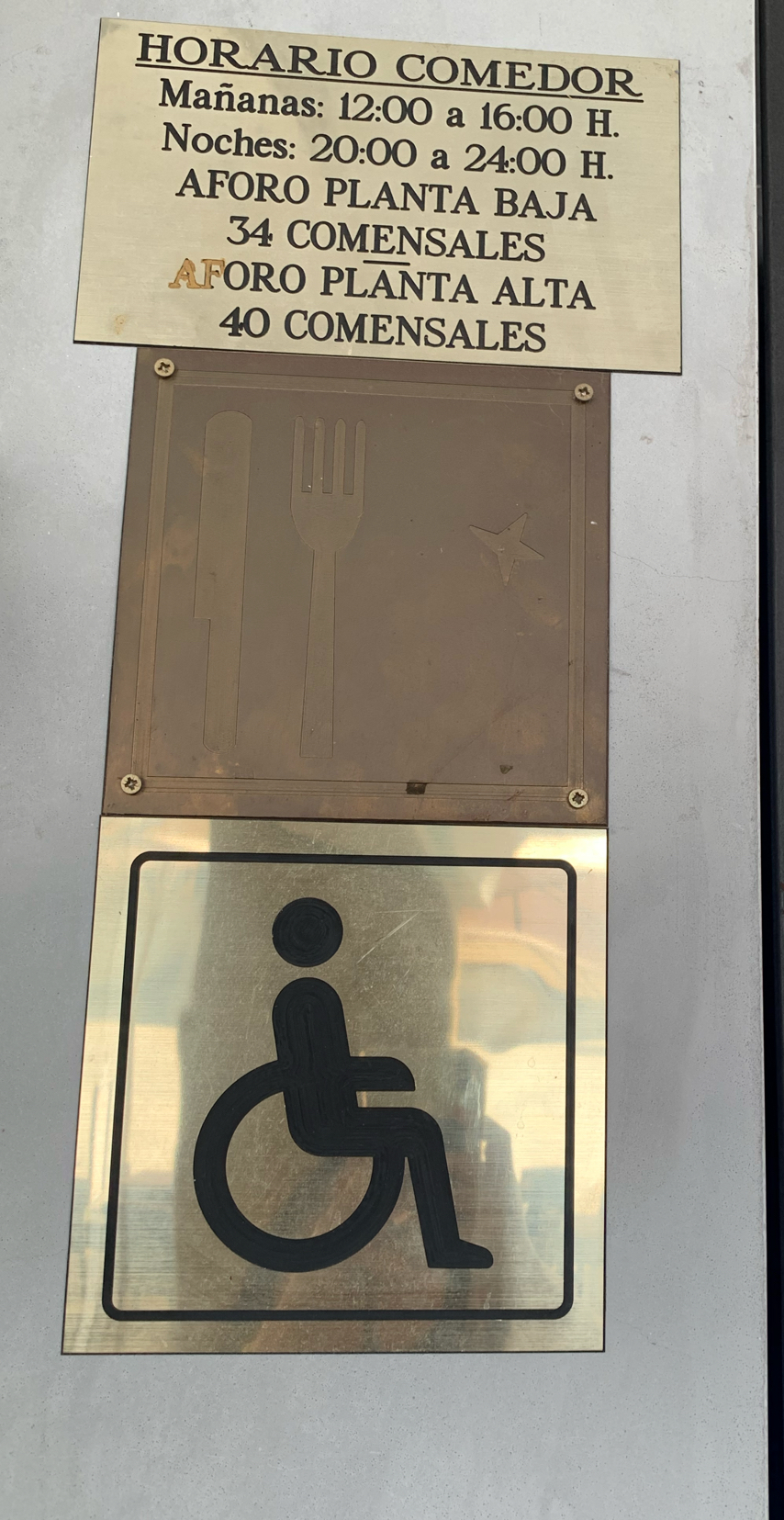
|
135934
|
Laura_Pizarro_Jacinto
|
Spain
Cáceres
|
|
|
—
|
PALRA
|
|